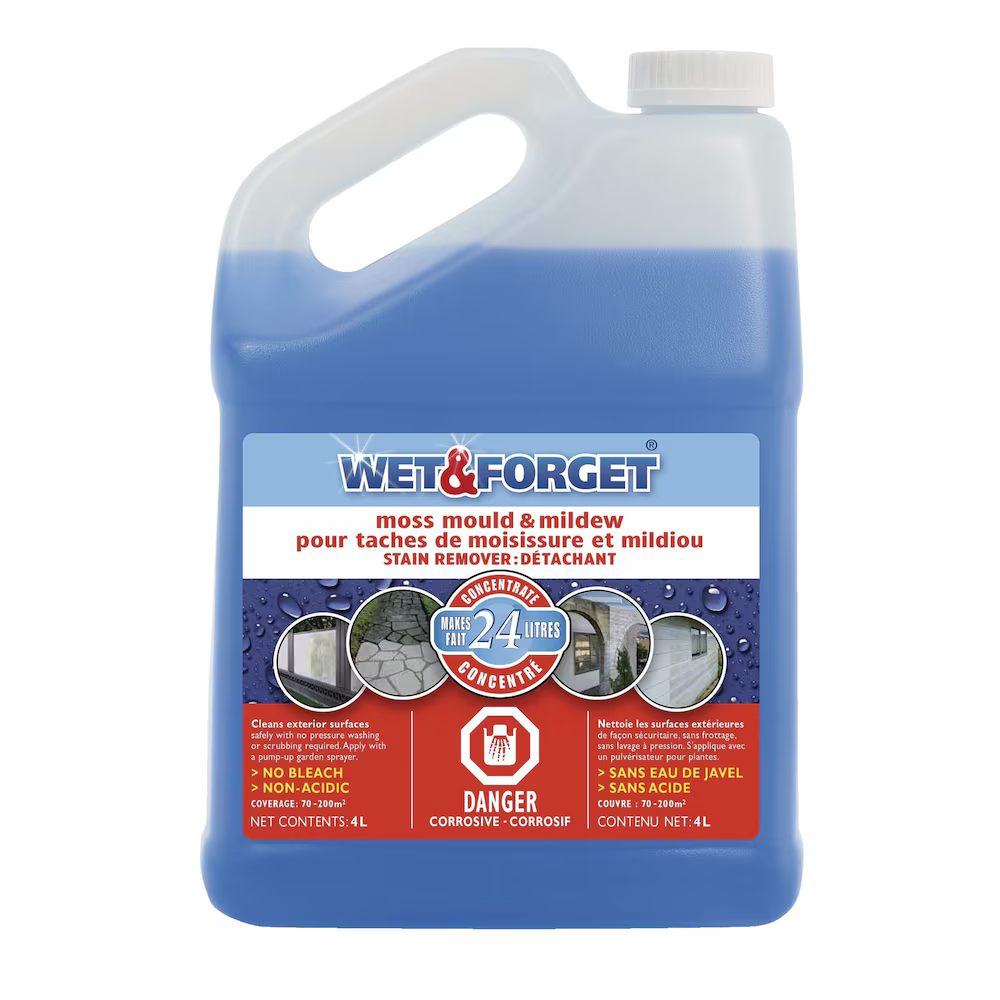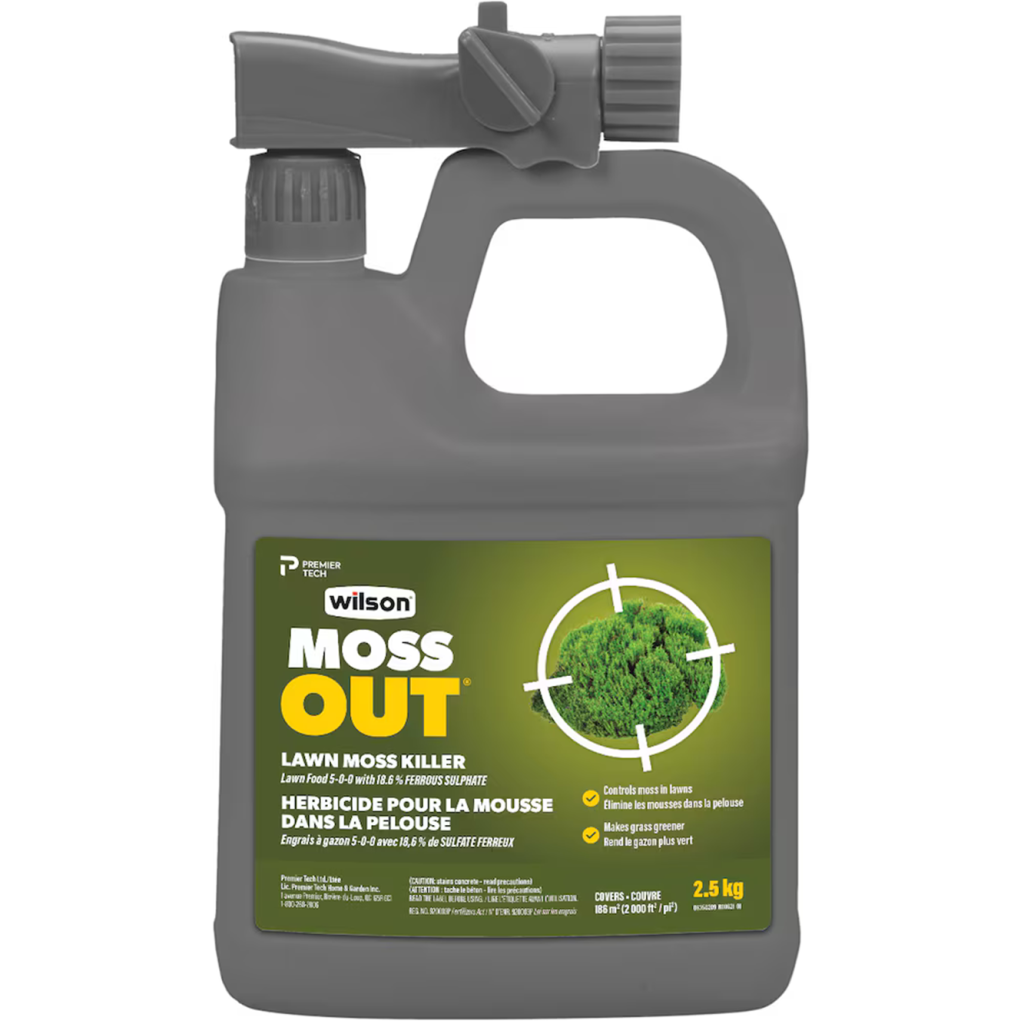Moss is a staple of our west coast temporal rain Forest climate. In the spring its growth explodes and shows up everywhere, soon to mostly disappear in the summer heat. Moss is not a fungus, it is a bryophyte and a keystone genus greatly benefiting habitat restoration and reforestation. Mosses collect many air pollutants and clean the air. Traditionally Mosses have been used as insulation, moisture absorption, and commercially as a component in the garden industry mostly Spagnim -AKA Peat mosses-. BC has the largest diversity of Mosses in all of Canada as well as the US west of the Rockies.1 Mosses require 3 things to grow: indirect sun, Ph levels 5-7 (acidic) and soil/organic matter.
So why Control Mosses?
We are going to be talking mostly about roof mosses here. The need to control mosses is also one of the reasons that makes them so good for the environment; As they clean the air they collect dust and hold it to grow in, this can eventually damage shingled roofs whether wood or asphalt. This damage occurs by holding moisture on wood roofs and the soil accumulation can eventually lift asphalt shingle tabs. Excessive moss/soil accumulation can lead to roof collapse on the older trailers. Metal roofs don’t collect dirt or debris like shingled roofs so generally a wash is all they need to stop the moss starting, and most metal roofs contain Zinc a kind of moss and fungal super poison.
Controlling Mosses
Controlling roof moss requires keeping your roof clean and free of debris keeping down overhanging shade limbs, this can be a real chore as we get older, and we may not have the cash to hire a professional. Killing all the trees around would help immensely but you say that is unacceptable as you like trees, good for you.
While killing mosses is very easy, as anything that will upset the acidic PH level needed by the moss to grow, any base will do the trick, vinegar, ammonia, bleach (Sodium hypochlorite is like instant), any soap or detergent, I am pretty sure garden lime (hydrated) would also work. Ionic disruption is very effective, Zinc or Iron Sulphate are very effective as well. They all have downsides though, so pick your poison literally.
Household Soaps and detergents are designed to to remove greases and will break down asphalt driveways and roofing, laundry detergents will void asphalt shingle warranties. Vinegar, ammonia,household bleaches don’t affect the roots and just knock mosses back a bit. Zinc Sulphate is very effective and can last a few years, it also kills anything green around the place and is not used (banned) commercially in Canada, Ferrous Sulphate is also great but can stain things – Think Rust- . Then there are the Home centre Products which are variants/formulas of this type of thing.
Zinc/copper strips can help longer term, but that is another topic.
Products
Most home products use either some form of Bleach or Iron
Wet& Forget is a bleach (Dimethyl benzyl ammonium chloride) and I like it.

Moss out is Ferrous based (Ferrous Sulphate) I like it and best for driveways, rock etc. but can stain concrete. It also tends to last longer.

How to Demoss a Roof.
Step 1: Sweep away bulky Moss. Start by use a stiff broom or brush to sweep away the bulky, loose moss from the surface of your roof.
Step 2: Brush away stubborn Moss. Use a stiff brush to tackle any stubborn moss that remains after sweeping. Be cautious to avoid damaging your shingles, but firm enough to remove the moss effectively. You can tell if you’re going to hard if a lot of granules are falling off while you’re brushing.
Step 3: Blow roof with a leaf blower, blow away any remaining debris and moss particles from the roof and onto the ground or into the gutters.
Step 4: Clean the gutters. They need to be cleared and able to drain for the next step when you start to put chemicals on the roof.
Step 5: Treat your roof with the Chemical of choice. At this point I will mention that Commercial companies use sodium hypochlorate.
1 https://ibis.geog.ubc.ca/biodiversity/eflora/bryophytes.html
